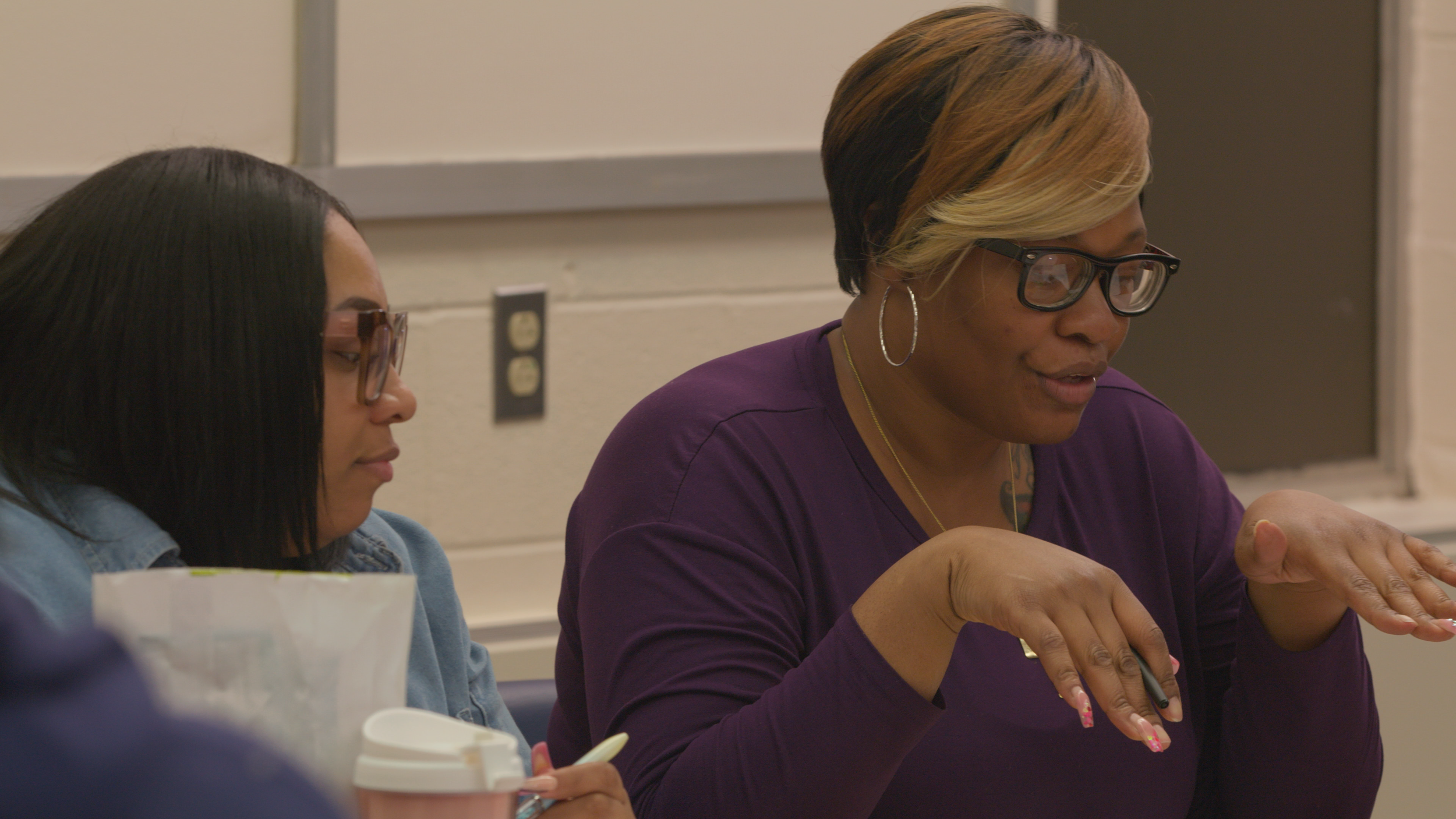Human-Centered Design Phase
Centering the most proximate voices in the design of public policy solutions.
“[UBE helps me] invest in and grow the business and local community”
“When UBE is successful poverty cycles will be broken”
Far too often policy solutions are created without input from the most proximate individuals. UBE’s Human-Centered Design Phase fostered the opportunity for Black women and business leaders to imprint on the design, operations, and evaluation metrics for the pilot. These conversations centered the necessary voices to advance the pilot and uncover blind spots in the design to ensure the highest level of efficacy moving forward. The recommendations provided during the design phase will be foundational in the development of the pilot and can be found below.
Black Women Design Sessions
UBE partnered with 20 Black women to directly influence the design of the pilot. UBE recognizes that Black women are disproportionally impacted the realities of poverty and sought the opportunity to capture their voice in this design phase. Through four facilitated sessions the women shared feedback on the proposed salary, the process of creating autonomy from public benefits, measurements of success, on-boarding, potential lived experiences of pilot participants, and additional supports and points of advocacy that UBE should consider. The design session participants were able to move the work of UBE to be reflective of those the pilot is intended to serve.
During the design sessions UBE compensated each participant at a rate of $50 per hour for their consultancy, as well as provided childcare, transportation stipends, and meals to lessen the burden for participation.
In addition to helping to design the pilot, the voices of the women were heard by members of State, County, and City government on how they navigate the daily struggles of poverty. This was a foundational step in the advocacy work on the horizon for UBE.
Business Partner Focus Groups
UBE brought together business leaders representing several sectors to provide direct feedback on the design and implementation of the pilot. Participating voices represented the manufacturing, finance, nonprofit, automotive service, food service, and many other industries. They provided insights on how UBE could be a workforce solution for the symptoms of poverty that persist in their individual firms, create the opportunity to increase revenue, and designed improvements to ensure a successful pilot. The participating members shared recommendations on how human resources supports, the wages of non-pilot participants working at their firms, reporting mechanisms, and several additional areas could help make participating in the pilot easier for business owners.
Key Recommendations
Black Women Design Session Recommendations
There is a strong desire to live autonomously without subsidies.
The $50k salary proposed by UBE needs to be adapted to the cost of living needs, which currently exceeds $50k due to inflation and other environmental factors.
Even with the increase in salary to an autonomous wage, focus groups participants denoted the need for the extensive support to manage the transition resulting from the loss of public benefits.
Participants confirmed the need for UBE to cultivate the necessary partners and resources to help build productive support systems and educational opportunities for the pilot participants to ensure success was confirmed.
The women focused primarily on ways individuals can adapt and not systems-level changes that could address pain points that may be experienced during the participants’ transition.
Business Partners Focus Groups Recommendations
Employer support is needed to assist with the process and prevent record keeping errors.
Defining ROI is essential to gaining employer understanding and buy-in.
Technical assistance to support with the process requirement is vital.
Building sector partnerships could allow UBE and the participants to be exposed to a number of employment environments and opportunities to determine which is most ideal for this type of intervention.
UBE is possibly better for smaller employers.
The determination of a partial or full subsidy funding structure could impact business participation.
It is imperative to quantify benefits and develop impact metrics.




















